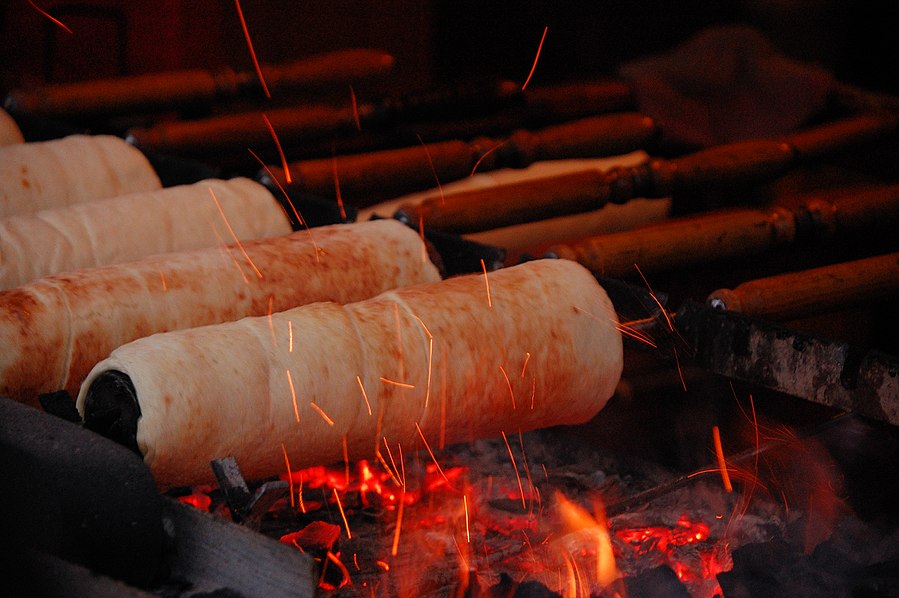Facts About Kürtőskalács
Kürtőskalács is a delectable traditional Hungarian spit cake originating from Transylvania, particularly popular among the Székelys. Over time, it has gained popularity in both Hungary and Romania. The earliest known reference to this delicacy dates back to 1679.
This cake is made from sweet, yeast dough that is wrapped around a cone-shaped spit, coated in sugar, and then roasted over charcoal. As it cooks, the sugar caramelizes, creating a crispy, golden crust. Often, it is finished with toppings like nuts or cinnamon for added flavor.
The name kürtőskalács translates to "chimney cake" due to its hollow, cylindrical shape. Throughout history, it has been known by various names and spellings before settling on the one used today. The methods of making kürtőskalács have been well-documented in cookbooks over the years, showcasing its evolution.
Today, kürtőskalács is a beloved treat in Hungary and is recognized as part of European gastronomy. There are three main types of kürtőskalács, each with unique ingredients and preparation techniques. The traditional homemade version is baked over hot embers, using a mixture of sugar, flour, butter, milk, eggs, yeast, and salt. Modern versions offer more flexibility, catering to different dietary needs with vegan or gluten-free options.
Similar cakes can be found in neighboring countries, each with its own name and variation. Kürtőskalács has become a symbol of Hungarian and Transylvanian cuisine, boasting a rich history that dates back to medieval times. Its popularity has spread far beyond its roots, making it a favorite treat for both locals and visitors alike.

 Bulgaria
Bulgaria